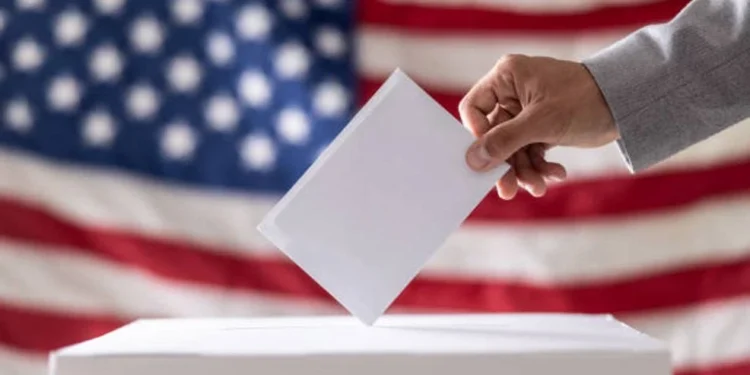With early voting concluding across much of the U.S. this weekend, a notable shift in voter behavior compared to 2020 has emerged. Republicans are leading early voting in key battleground states, outperforming their 2020 numbers and even surpassing Democrats in places like Nevada, while narrowing the gap in Pennsylvania. This change is primarily attributed to voters who traditionally cast their ballots on Election Day opting for early voting instead, according to a POLITICO analysis of the data. Conversely, Democrats anticipate that many mail-in voters from 2020 will return to the polls on Election Day, reflecting a different electoral landscape than the pandemic-driven dynamics of previous years.
This shift could lead to a distinct partisan distribution of early, mail, and Election Day votes, potentially resulting in more stable outcomes as results roll in. In 2020, delays in counting mail ballots in battleground states, such as Pennsylvania, initially positioned Donald Trump ahead, only for Joe Biden to eventually take the lead as more mail ballots were tallied. Current partisan registration data indicates that this year’s early voting may lean more Republican, while a shift in some GOP voters towards early voting and a Democratic return to Election Day voting might render Election Day results more favorable for Democrats.
North Carolina exemplifies these trends, having achieved a record turnout on the final day of early voting. Republicans got off to a strong start, leading both Democrats and unaffiliated voters in ballots cast. This surge reflects effective GOP efforts to mobilize early voting among their base, with more Republicans who voted in person on Election Day in 2020 participating early this year compared to Democrats. Additionally, there are more registered Democrats who have yet to vote this cycle compared to those who voted early in 2020.
Just a week ago, registered Republicans were the dominant group in early voting, but unaffiliated voters surged in the final week, becoming the largest segment. This last-minute turnout saw younger voters and a higher percentage of Black voters participating compared to earlier in the early voting period, according to POLITICO’s analysis.
For Democrats, maintaining this momentum and ensuring their early voters from 2020 turn out on Election Day is crucial. Meanwhile, Republicans have already banked a significant number of votes, and the challenge will be leveraging those effectively to engage additional voters.
Similar patterns have emerged in other Sun Belt states like Georgia and Nevada, where Republicans established a strong early voting lead weeks ago, and younger voters along with voters of color accounted for a larger share of the early vote in the final days.
As the focus shifts to Election Day, both parties will be eager to see how these trends impact overall voter turnout and final results.
Discover how upcoming election will affect American workers:


